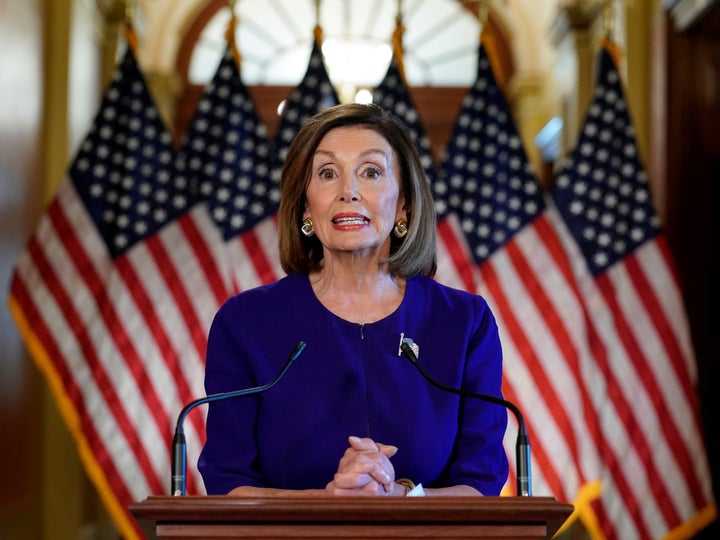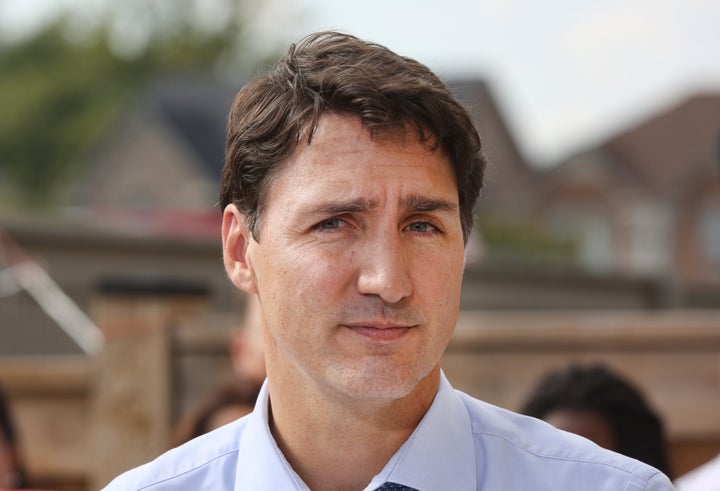Impeachment is the new hot term on everyone’s lips after Nancy Pelosi, the Speaker of the U.S. House of Representatives, announced a formal impeachment inquiry into U.S. President Donald Trump earlier this month.
In Canada, even NDP Leader Jagmeet Singh has been vocal about supporting Trump’s potential removal from office.
What is impeachment anyway?
By definition, impeachment is the process of charging someone in public office with wrongdoing or misconduct. It doesn’t actually remove someone from their position. More on that later.
Impeachment is a concept that’s part of constitutional law in countries including the U.S., France and Russia.
Canadian ‘equivalent’ of impeachment?
In Canada, there is no such thing as impeachment. But prime ministers can be forced out with a vote of no-confidence, a process formally known as the Confidence Convention.

Unlike the impeachment process, which is entrenched in the U.S. Constitution, the Confidence Convention is described as a “matter of tradition” in the Canadian legislature, and not actually written down anywhere in the official rules for the House of Commons.
Canada’s prime minister and cabinet must have the support and confidence of a majority of MPs in order to govern. If the ruling government loses a vote of no-confidence, the prime minister is expected to step down or seek the dissolution of Parliament, so that a new election is triggered.
If a sitting MP, which includes a prime minister, faces a criminal charge, they can still remain in office. If they’re convicted and sentenced to a prison term of two years or more, they will automatically lose their seat. However, the House or Senate could decide to expel an MP.
So what is happening with impeaching Trump in the States?
The impeachment process against Trump is in its initial stages. It started with Pelosi putting forward an official impeachment inquiry on Sept. 24. This is the investigative part of the process to gather evidence on whether Trump is guilty of wrongdoing.
The focus is on whether the president abused his power when he asked Ukraine President Volodymyr Zelenskiy to investigate the son of presidential candidate and former U.S. vice-president Joe Biden. This would effectively mean Trump asked for foreign interference in an American election.

A whistleblower complaint from an unidentified intelligence agency official claims Trump also reportedly withheld military aid to Ukraine at least a week before the call with Zelensky. This would mean he used his position to effectively bribe another nation.
There are also other ongoing investigations by committees into allegations that Trump made money from his business while in power or obstructed justice in a probe of Russian interference in the 2016 election.
When all of those results are in, the House of Representatives votes on bringing forward “articles of impeachment,” similar to charges.
Then what?
The House needs a majority vote to get Trump impeached. The process then moves up to the Senate, where the impeachment is handled like a trial and the Senate acts as a jury. Members of the House act as prosecutors. The president is allowed to hire defence lawyers.
Two-thirds of the Senate need to vote in favour of a conviction to remove the president from office. Currently, the Senate is a Republican majority headed by U.S. Vice-President Mike Pence.
In the unlikely scenario that the Senate votes to remove Trump from office, Pence would become the president for the remainder of Trump’s term, which ends Jan. 20, 2021.
How would this type of process start in Canada?

A vote of no-confidence starts with a motion in the House of Commons by an MP stating the House has lost confidence in the government, or questioning confidence in it.
A government can also be defeated if is fails to pass confidence measures, such as a federal budget or throne speech. Governments can also declare certain bills or measures to be confidence votes, warning that the defeat of certain crime legislation, for instance, could trigger an election.
If the vote goes through, what happens next?
The expectation is that the prime minister resigns. The resignation is handed in to the Governor General, who then has two choices: they can ask the leader of another party to form a government, or dissolve Parliament and call a general election. The leader who was voted out of power is eligible to run again in that campaign.
A confidence vote requires a majority approval to pass, so they mostly happen against minority governments.
In 2011, Stephen Harper’s minority government faced a no-confidence vote after the House found the ruling Conservatives in contempt of Parliament. They had refused to provide cost estimates of proposed bills such as tougher crime legislation.
In the resulting general election, the Conservatives ended up winning more seats — and a majority government. Harper returned as prime minister.